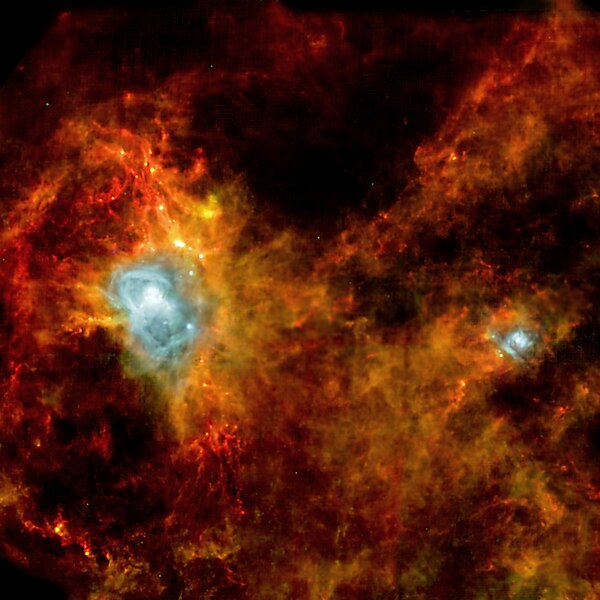Файл:Infrared Image of Dark Cloud in Aquila.jpg – Уикипедия

Размер на този преглед: 600 × 600 пиксела. Други разделителни способности: 240 × 240 пиксела | 480 × 480 пиксела | 768 × 768 пиксела | 1024 × 1024 пиксела | 1930 × 1930 пиксела.
Оригинален файл (1930 × 1930 пиксела, големина на файла: 611 КБ, MIME-тип: image/jpeg)
История на файла
Избирането на дата/час ще покаже как е изглеждал файлът към онзи момент.
| Дата/Час | Миникартинка | Размер | Потребител | Коментар | |
|---|---|---|---|---|---|
| текуща | 18:39, 30 юни 2011 |  | 1930 × 1930 (611 КБ) | Spitzersteph |
Използване на файла
Следната страница използва следния файл:
Глобално използване на файл
Този файл се използва от следните други уикита:
- Употреба в af.wikipedia.org
- Употреба в ar.wikipedia.org
- Употреба в be.wikipedia.org
- Употреба в ca.wikipedia.org
- Употреба в en.wikipedia.org
- Употреба в es.wikipedia.org
- Употреба в eu.wikipedia.org
- Употреба в gl.wikipedia.org
- Употреба в hi.wikipedia.org
- Употреба в id.wikipedia.org
- Употреба в ja.wikipedia.org
- Употреба в ko.wikipedia.org
- Употреба в nl.wikipedia.org
- Употреба в pl.wikipedia.org
- Употреба в ru.wikipedia.org
- Употреба в sk.wikipedia.org
- Употреба в sr.wikipedia.org
- Употреба в sv.wikipedia.org
- Употреба в te.wikipedia.org
- Употреба в www.wikidata.org
- Употреба в zh.wikipedia.org


 French
French Deutsch
Deutsch

